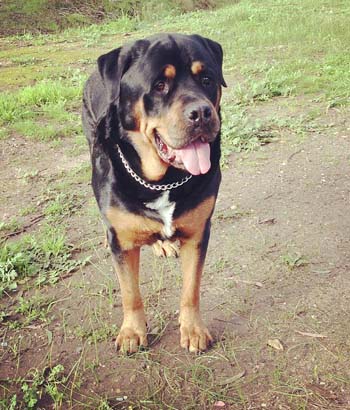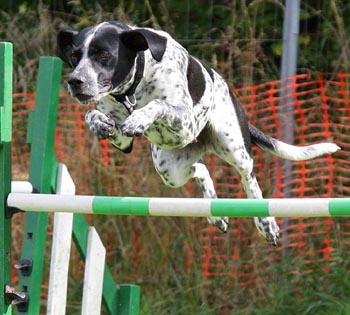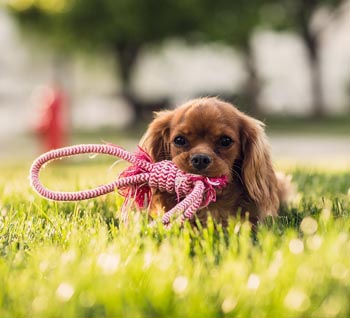What Your Dog Needs To Be Happy
Three Things You Should Give Your Dog & In What Order
What Your Dog Needs To Be Happy
“Three Things You Should Give Your Dog & In What Order”
I have been working with and training dogs for over five decades. Over all of this time I have pretty much figured out what your dog needs to be happy.
Old school trainer Cesar Millan (a.k.a. The Dog Whisperer) says that there are three things needed in order to keep a dog balanced. The word “balanced” refers to the dog’s natural state of mind and a healthy body.
Let me begin by saying that I don’t agree with most of his training methods. He is beginning to come into the 21st century, but most of his methods (in my view) are out of date. I do believe that he has a good grasp of the concept of Exercise, Discipline and Affection. I think everyone should apply these three simple words into their training regiment.
Exercise
When creating a healthy dog the first step is exercise. It is important to give your dog physical exercise on a regular basis. Physical exercise allows your dog to burn calories and use it’s muscles. This will keep your dog physically healthy. On average, a one mile (20-25 minute), walk several times per week is usually enough. Bigger and more active dogs cam require longer and more frequent walks.
Mental exercise (mental stimulation), is also very important. Daily mental exercise such as training, games and other types of mental challenges help your dog deal with anxiety, frustration and boredom. These conditions can lead to unwanted behavior issues like chewing, barking and destruction of property.
If your dog is currently exhibiting any of these behavior issues, longer walks, (as much as an hour) are recommended.
Discipline
Discipline (in this case) mean applying correction. Not any kind of punishment. It means providing proper instruction and rewarding a correct behavior. Creating rules and boundaries for your dog are essential to achieve a well-behaved and beloved pet. Setting rules and boundaries for your dog is no different than setting them for your children.
You would never dream of letting kids run wild or destroy your house and car. They need to know what is right and what is wrong. That is what discipline is. Your dog needs to be under the same type of supervision. When the dog does something that you don’t like, you need to correct the behavior at the second it happens. This can usually be done with a simple verbal, “NO”.
Some dog owners do not want to apply needed discipline when they see unwanted behavior. They feel that correcting improper behavior is being mean or that it will break the dog’s spirit. Rest assured that it does nothing of the sort! Setting rules and boundaries for your dog, and then praising the dog for good behavior, reinforces the dog’s self-esteem and builds the dog’s spirit.
Affection
Affection can be expressed in many different ways. The most common expression of affection is petting and stroking. Other forms include cuddling, hugging, kissing, playing together and giving food or treats.
Affection is important, but it should ONLY be giving to a dog if the dog is calm, and completely under control. It is fine to give affection anytime your dog is being good. I also use affection as a reward for good or correct behavior during training. But remember, giving affection at the wrong time will only encourage that behavior or that state of mind.



